Optimal Timing for Tree Removal
Understanding the optimal timing for tree removal is essential to ensure safety, minimize disruption, and promote healthy landscape management. The best time for tree removal depends on several factors including the tree species, local climate, and specific reasons for removal. Typically, late winter to early spring is considered ideal because trees are dormant, making removal less stressful for the remaining landscape and reducing the risk of disease spread.
Late winter and early spring are preferred for tree removal due to dormancy, which reduces stress on nearby plants and minimizes pest activity.
Dry weather conditions are ideal for tree removal to prevent soil compaction and ensure safe, efficient work.
Deciduous trees are best removed during dormancy, while some species may require removal at specific growth stages.
Removing trees when foliage is minimal enhances visibility and safety for workers and property owners.
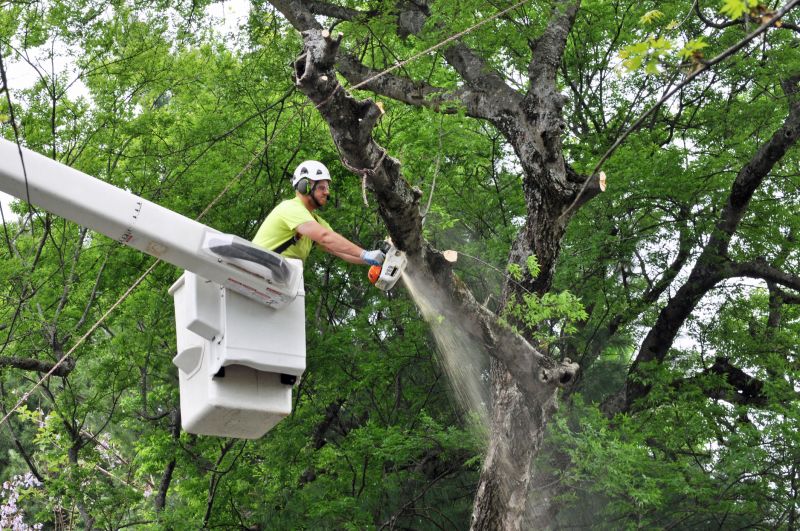
Specialized tools are used for safe and effective tree removal.
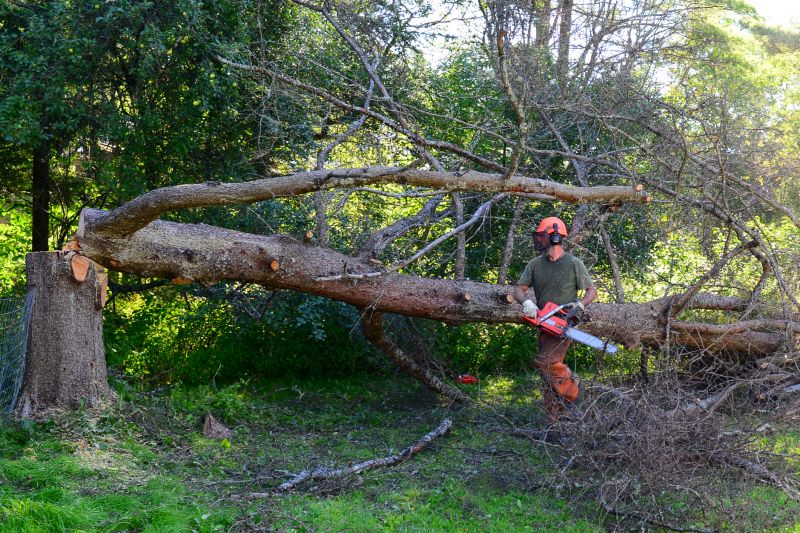
Dormant trees are easier to remove with less impact on surrounding landscape.
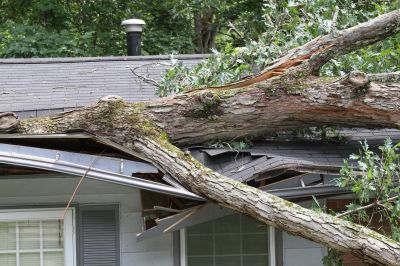
Rapid removal after storms prevents further property damage.

Ways to make Tree Removal Service work in tight or awkward layouts.
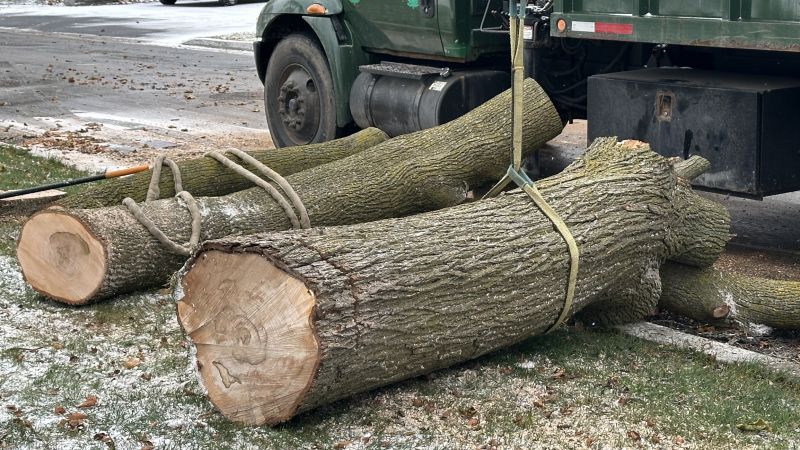
Popular materials for Tree Removal Service and why they hold up over time.
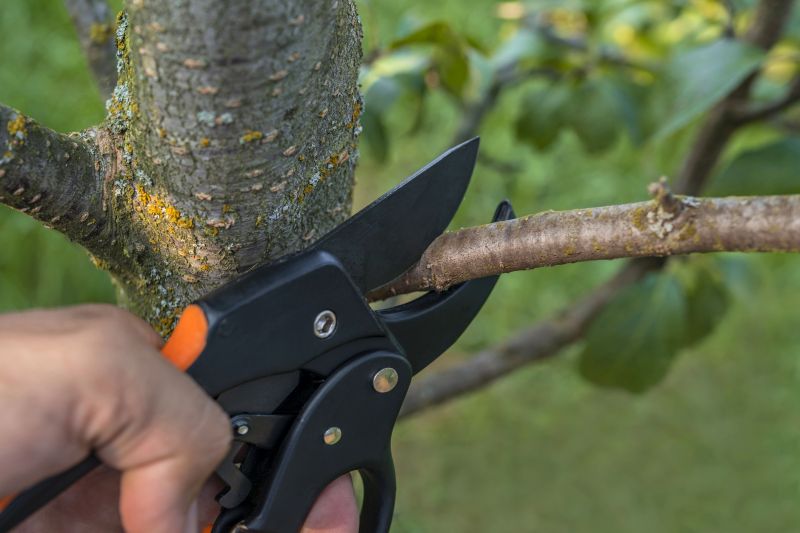
Simple add-ons that improve Tree Removal Service without blowing the budget.
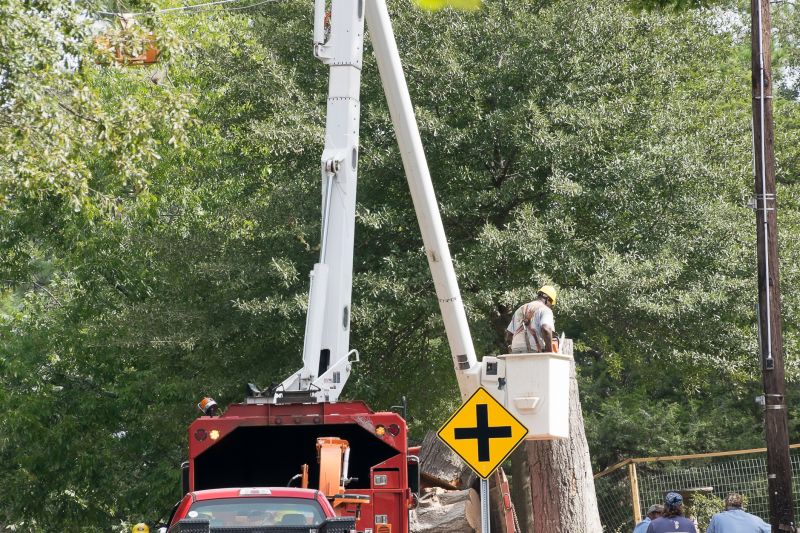
High-end options that actually feel worth it for Tree Removal Service.
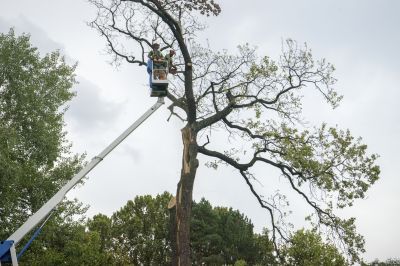
Finishes and colors that play nicely with Tree Removal Service.
| Season | Optimal Timing |
|---|---|
| Winter | Ideal for deciduous tree removal during dormancy. |
| Early Spring | Good for most tree species as sap flow begins. |
| Late Fall | Possible, but may interfere with leaf cleanup. |
| Summer | Less preferred due to active growth and heat stress. |
| After Storms | Necessary regardless of season for safety. |
Tree removal is a complex process that requires careful planning and execution. Proper timing can reduce risks, improve safety, and support the health of remaining landscape elements. Factors such as tree species, local weather patterns, and specific site conditions influence the best time for removal. Professional arborists assess these variables to recommend the most appropriate season for each removal project.
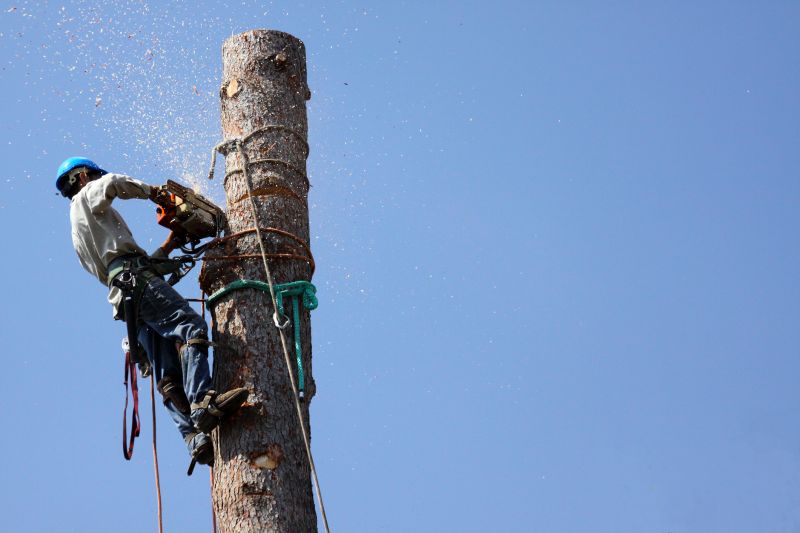
Workers safely removing a large tree using specialized equipment.

Removing a deciduous tree during its dormant season.

Clearing fallen trees after a storm to prevent hazards.
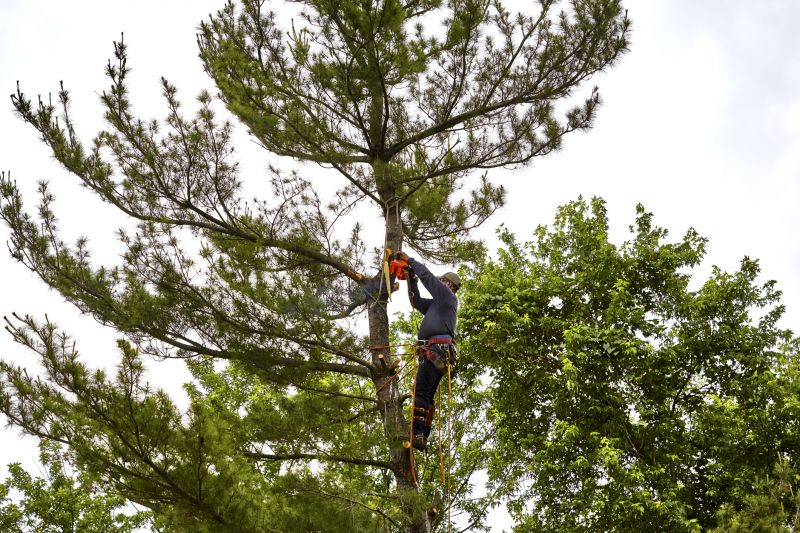
Chainsaws, cranes, and rigging gear facilitate safe removal.

Little measurements that prevent headaches on Tree Removal Service day.
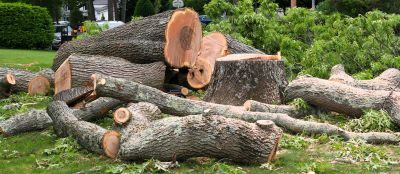
A 60-second routine that keeps Tree Removal Service looking new.

A frequent mistake in Tree Removal Service and how to dodge it.

Small tweaks to make Tree Removal Service safer and easier to use.
Selecting the right time for tree removal can help ensure safety, minimize landscape disturbance, and promote the health of remaining trees. For tailored advice, consider consulting with a professional arborist who can evaluate specific site conditions and tree characteristics.
Interested in scheduling a tree removal? Fill out the contact form to receive more information.



